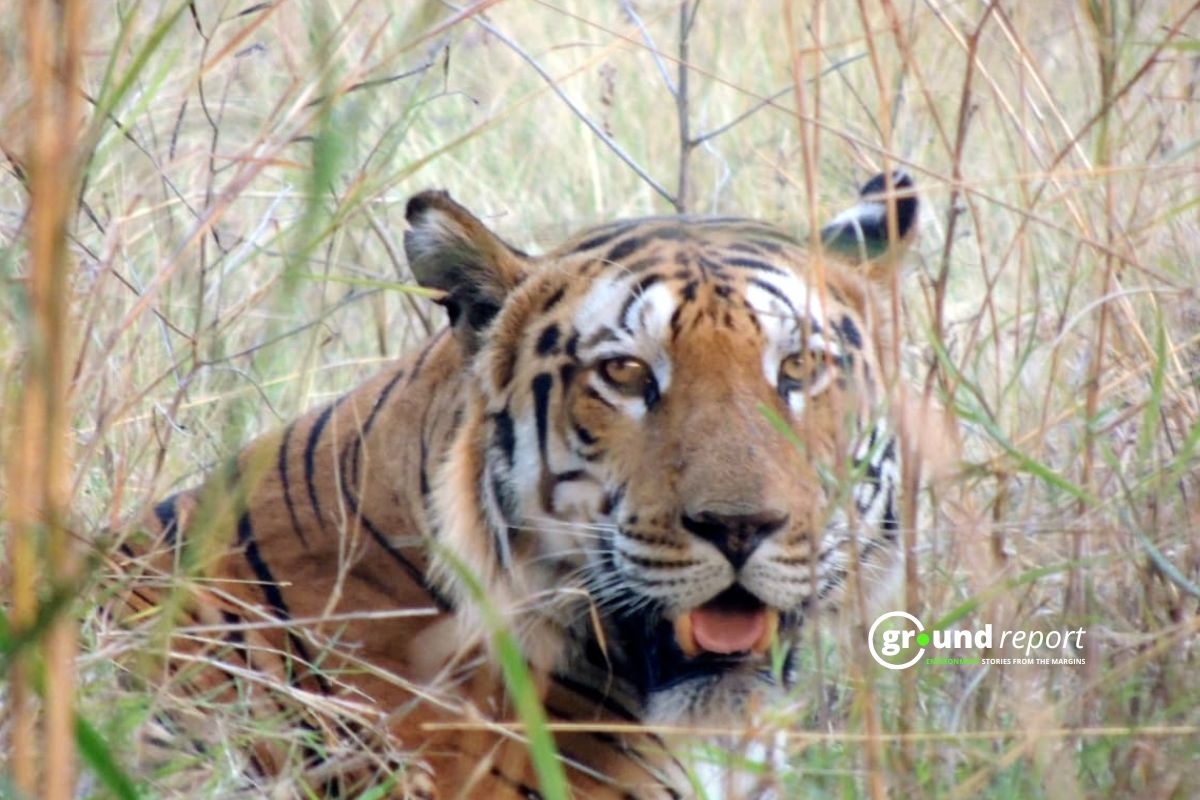The use of artificial lights wrapped around trees as decoration has become a popular trend in Pune. But, it comes at a significant cost to the environment. Despite calls for strict action against this practice, the Pune Municipal Corporation (PMC) garden department has stated that there is no law banning the commercial use of artificial lights. This is a significant concern as research indicates that artificial lights have harmful effects on the flora and fauna associated with the trees.
A recent collection of scientific papers published in the journal Philosophical Transactions of the Royal Society B has shed light on the extensive effects of light pollution on ecological systems. This special issue, led by the German Center for Integrative Biodiversity Research (iDiv) and Friedrich Schiller University Jena, comprises 16 papers that investigate how even minimal levels of artificial night light can disrupt ecosystems, impacting everything from soil and grassland communities to insects.
Light pollution is rapidly altering night skies worldwide, growing at an annual rate of up to 10 percent. This shift disrupts the natural light cycles that have been a constant throughout Earth’s history, which are vital for many organisms that rely on light for energy and information.
The Impact of Artificial Lights on Trees and Plants
Artificial lights have become a common sight around the world, especially in urban areas. While they are used for various purposes, they can also have a significant impact on the environment, particularly on trees and plants. Trees and plants require a certain amount of darkness for efficient photosynthesis, which is essential for their growth and survival. However, artificial lights can interfere with this process and disrupt the natural life cycle of trees and plants.
Research published in the Journal of Urban Management in May 2022 has highlighted the impact of light pollution on trees and plants. The study found that light pollution can have a greater impact on trees than on any other living organism. Artificial lights wrapped around trees as decoration pose a significant threat to the reproductive systems of flora. As a result, the growth and survival of these trees can be severely affected.
The impact of artificial lights on trees and plants is not limited to their growth and reproductive systems. They can also affect the animals and birds that depend on them. Trees and plants provide shelter and food for many species of animals and birds.
Unlike earlier studies that primarily focused on human health and individual species, this collection explores the broader effects on entire ecosystems, considering the complex interactions of species within these systems.
Dr. Myriam Hirt of iDiv and the University of Jena, who led the theme issue with Dr. Remo Ryser, emphasized that “species do not exist in isolation but rather interact in numerous ways.” The aim was to gain a deeper understanding of how brightening night skies affect whole ecosystems and their functionalities.
The Effects of Light Pollution on Wildlife
The impact of light pollution is not limited to flora but extends to fauna as well. A study conducted by the Zoological Society of London and the Royal Society for the Protection of Birds found that artificial lights can interfere with the natural behavior of animals and disrupt their sleep cycles.
Nocturnal animals, such as bats and owls, rely on darkness to sleep and hunt for food. Artificial lights can interfere with their sleep patterns and disrupt their natural behavior. As a result, these animals can become disoriented, which can lead to a decline in their populations.
Another significant impact of light pollution on wildlife is its effect on migratory patterns. Many species of birds, for example, rely on natural cues, such as changes in daylight and darkness, to migrate to different locations. Artificial lights can interfere with these cues, leading to confusion and disorientation among the birds. This can cause them to fly off course or collide with buildings, which can have fatal consequences.
Light pollution can also affect the breeding patterns of many species of animals and birds. Artificial lights can interfere with the mating rituals of these species, leading to a decline in their reproductive rates. This can have long-term consequences for their populations and the ecosystem as a whole.
Lack of Laws and Regulations
Despite the harmful effects of artificial lights on the environment, there is a lack of strict laws regulating their use in public spaces. This has made it challenging to address the issue, with authorities citing the absence of a law banning the commercial use of artificial lights on trees as a hindrance. This gap in regulation is concerning, given the growing trend of using artificial lights in public spaces.
The research, partly conducted using the iDiv Ecotron – a facility with multiple experimental ecosystem chambers – revealed several key impacts of artificial light. These include its penetration into belowground soil communities, affecting soil basal respiration and carbon-use efficiency; its impact on invertebrate activity and predation rates; its effect on plant biomass, diversity, and traits; and its potential to standardize active periods of different species, increasing overlap and extinction risks within communities.
Significantly, the studies show that even low-intensity light pollution can profoundly affect not only individual species but also entire communities and ecological networks like food webs. “Their individual responses to artificial lighting and their relationships with one another determine the outcome for the entire ecological system,” Ryser said.
One study in the issue investigated the indirect cascading effects of artificial light on humans, particularly through changes in mosquito behavior, which could affect the transmission of vector-borne diseases like malaria. Another paper examined various lighting strategies to mitigate these effects. However, the issue emphasizes that mitigation strategies need to be species-specific due to the varied impact of light pollution across different species.
The Need for Sustainable Alternatives
As the impact of light pollution becomes more evident, there is an urgent need to promote sustainable practices and reduce our reliance on artificial lights. The authorities must implement strict laws regulating the use of artificial lights in public spaces and promote eco-friendly alternatives. Some alternative options include using solar-powered lights, biodegradable decorations, and low-intensity lighting.
Conclusion
The use of artificial lights wrapped around trees in Pune may seem harmless, but the reality is quite the opposite. It has a significant impact on the natural ecosystem, affecting both flora and fauna. It is essential that authorities take strict action to regulate the use of artificial lights and promote sustainable alternatives. By raising awareness about the harmful effects of light pollution and encouraging eco-friendly practices, we can work towards a healthier and more sustainable environment.
Keep Reading
Part 1: Cloudburst in Ganderbal’s Padabal village & unfulfilled promises
India braces for intense 2024 monsoon amid recent deadly weather trends
Support us to keep independent environmental journalism alive in India.
Follow Ground Report on X, Instagram and Facebook for environmental and underreported stories from the margins. Give us feedback on our email id greport2018@gmail.com.
Don’t forget to Subscribe to our weekly newsletter, Join our community on WhatsApp, and Follow our YouTube Channel for video stories.









